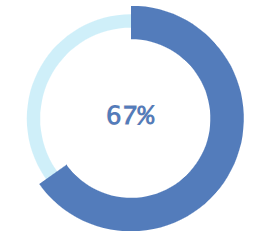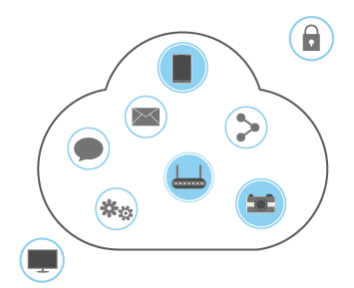"Become a Practical Data Scientist"
For Business Users
Understand the high-level overview of handling any data related project in a structured and step-by-step manner.
For Data Scientists
Drill down into each of the concepts and learn about practical implementation using Python programming.







